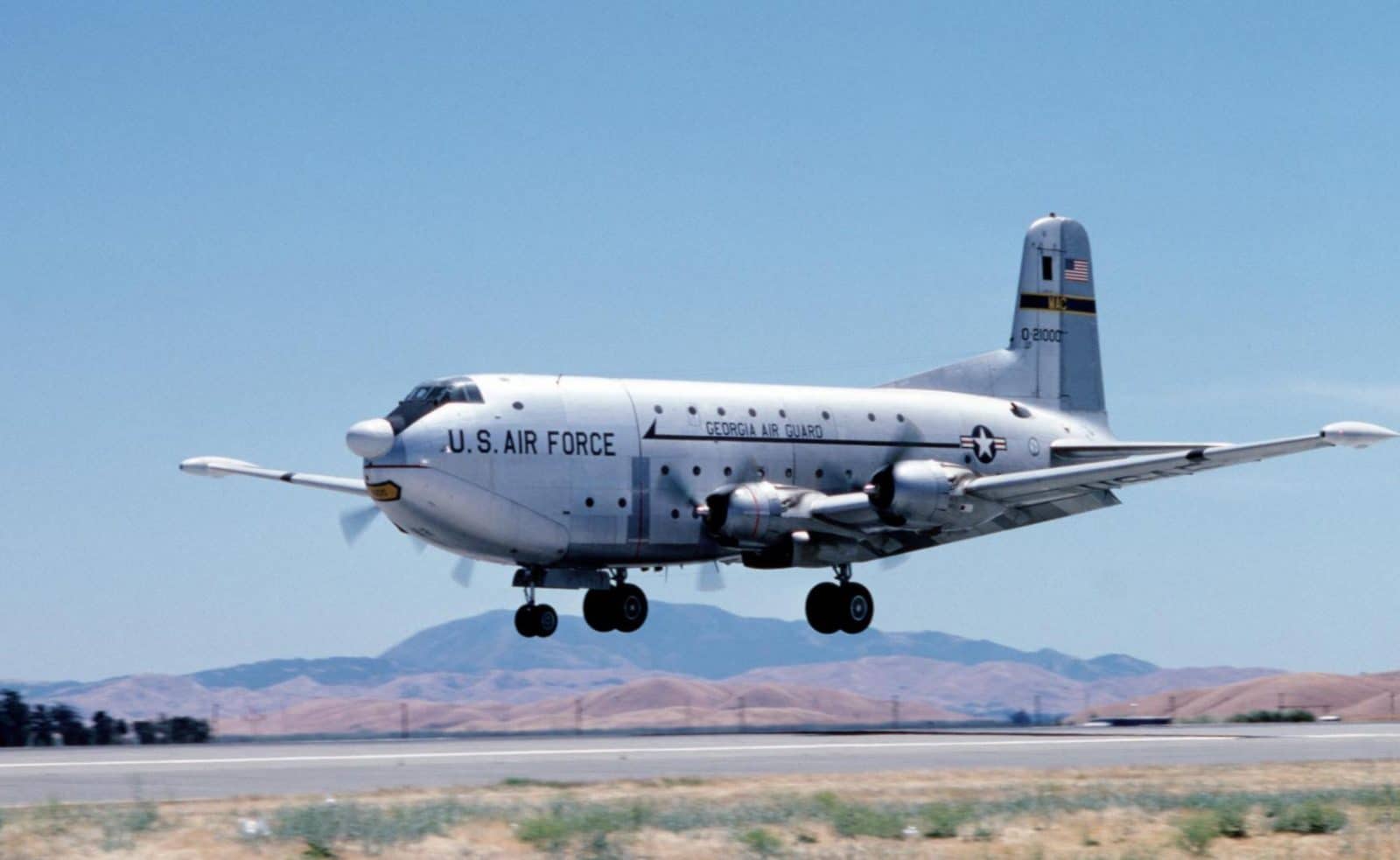Old Shakey Was In Trouble and Two Mark 5 Atomic Bombs Had to Go
Broken Arrow – the very phrase sets off alarms everywhere. On 28 July 1957, a Douglas C-124A Globemaster II airlifter departed Dover Air Force Base (AFB) in Delaware bound for Europe via the Azores. The C-124A was carrying three Mark 5 atomic bombs and a single nuclear capsule. The Mark 5s were in Complete Assembly for Ferry (CAF) condition– meaning no nuclear components were installed in the weapons. The power supplies were installed in the weapons, but not connected.
However, the Mark 5s did contain most of the high explosives used to implode the composite uranium/plutonium fissile material core, or the pit. Weather forecasts were favorable, and the C-124A took off from Dover on time. But the C-124 would not be carrying everything it took off with when it landed in New Jersey.

Two Engines Out on the Same Wing
The C-124A got into trouble off Cape May in southern New Jersey. Both port side Pratt & Whitney R-4360-63A Wasp Major radial engines lost power and had to be shut down; their propellers feathered. The crew attempted to compensate using increased power from the starboard engines, but could not maintain controlled flight, and the aircraft began losing altitude.
Under those conditions, the C-124A would not stay aloft for long. Fuel required for the long overwater trip to the Azores was probably at least partially dumped, but it wasn’t enough to keep the C-124A aloft.

First One and Then Both Gadgets Are Deep-Sixed
The closest suitable recovery airfield was Naval Air Station (NAS) Atlantic City, inland from the coastal resort town on the mainland in Egg Harbor. The crew was forced to lighten their airlifter to get there on two engines. They jettisoned a single Mark 5 device from an altitude of 4,500 feet, roughly 75 miles off the New Jersey coast. The Globemaster II continued to lose altitude, and a second Mark 5 device was jettisoned into the Atlantic from an altitude of 2,500 feet, roughly 50 miles from the Garden State coastline. Very roughly.

The Atlantic Ocean’s a Pretty Good Hiding Place
Thus lightened, the C-124A was able to successfully recover at NAS Atlantic City, which was no small feat on only two mills. Neither of the jettisoned devices were seen or heard exploding on contact with the ocean, but both were presumed destroyed by initial impact with the water anyway. However, this would still be considered a broken arrow event.
A search for the weapons commenced almost immediately, but no trace of either of the bombs was found over three months of high-effort searching, or during the nearly 70 years since they were deposited in the drink south or southeast of Atlantic City on the Jersey shore. They’re probably on the continental shelf, and definitely much closer than anybody who lives there would prefer!

Keeping Us In the Dark
Like the still-missing Tybee Bomb near Savannah in Georgia, eventually the two missing devices were replaced in the inventory of Things That Go Boom. Old Shakey C-124As and C-124Cs would go on to ply US Air Force transport routes for another 19 years.
But here’s the really strange part: No public announcement of this incident was made at the time it happened. Perhaps that was to be expected, what with the Cold War raging and all. The incident was finally acknowledged as a Broken Arrow in 1980- a lost and still unrecovered atomic weapon, not by a public announcement, but by inclusion on a newly published government list.
And those two Mark 5s? They’re still out there – two of a total of six (or 9, or 11, depending on the source) lost, but never found, atomic weapons.


i don’t see a problem, it says that there was no fissionable fuel in the bombs, and only a partial load of explosive to compress the atomic fuel, so it’s just a conventional bomb if it were to explode, and finding these in several hundred to thousands of feet of water is near impossible, so losing nuke design secrets is extremely unlikely
You’re right. The info on the Mark 5 Atomic Bomb says it is a pure fission device, so it would NOT have had the U-238 reflector common on thermonuclear devices. (And, of course, U-238 is not generally considered fissionable anyway.)